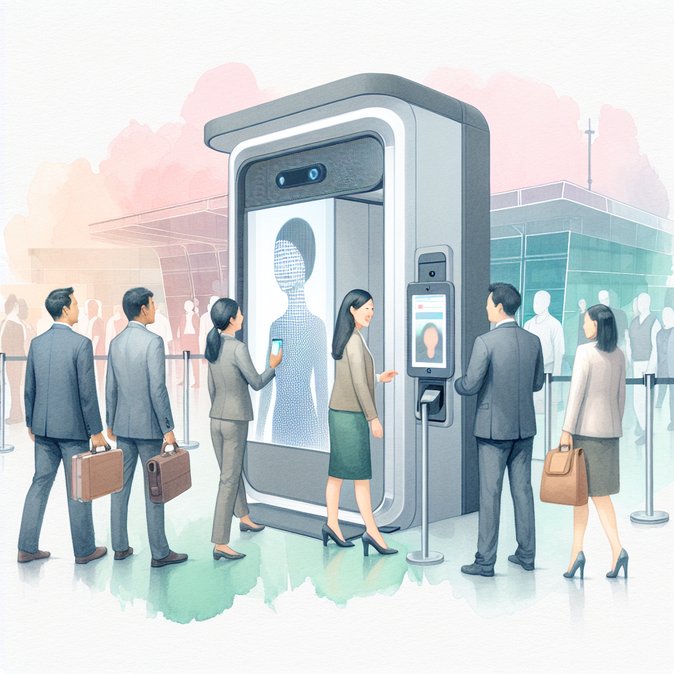
China will deploy biometric ‘face-swipe’ immigration lanes at a further wave of airports, ferry terminals and land checkpoints connecting the mainland with Hong Kong, Macao and Taiwan, Biometric Update reported on 4 November 2025. From 5 November the automated channels will go live at Shanghai Hongqiao and Xiamen Gaoqi airports, Guangzhou’s Pazhou and Nansha passenger ports, and multiple Shenzhen crossings, including Huanggang, Luohu, Futian and Liantang, as well as Hengqin Port and the Hong Kong-Zhuhai-Macao Bridge.
Eligible travellers—mainland residents with multi-entry permits, Hong Kong and Macao residents holding mainland travel permits, and Taiwan residents with five-year entry permits—register their facial biometrics and fingerprints once and thereafter clear immigration in as little as seven seconds, according to NIA trials. The upgrade increases throughput capacity by up to 65 percent ahead of major events such as the 2026 National Games.
![‘Face-Swipe’ Fast Lanes to Cover 20+ Mainland–HK–Macao–Taiwan Border Crossings]()
The rollout is part of China’s ‘Smart Immigration Clearance’ blueprint, which envisions fully contactless borders by the end of the decade. A new ACS AIR60U e-passport reader will be installed at e-gates, capable of OCR, RFID and QR-code verification in under one second.
Corporate commuters between Shenzhen and Hong Kong stand to gain the most: daily cross-border engineers can cut 30–40 minutes off round-trip journeys, supporting integrated R&D operations in the Greater Bay Area. Companies should remind staff that using the biometric lane constitutes consent to facial-recognition processing; privacy statements are displayed at each gate.
Authorities say the next phase, slated for 2026, will expand lanes to inland airports serving international flights, further compressing connection times for multinational teams shuttling between China’s tech hubs and overseas headquarters.
Eligible travellers—mainland residents with multi-entry permits, Hong Kong and Macao residents holding mainland travel permits, and Taiwan residents with five-year entry permits—register their facial biometrics and fingerprints once and thereafter clear immigration in as little as seven seconds, according to NIA trials. The upgrade increases throughput capacity by up to 65 percent ahead of major events such as the 2026 National Games.

The rollout is part of China’s ‘Smart Immigration Clearance’ blueprint, which envisions fully contactless borders by the end of the decade. A new ACS AIR60U e-passport reader will be installed at e-gates, capable of OCR, RFID and QR-code verification in under one second.
Corporate commuters between Shenzhen and Hong Kong stand to gain the most: daily cross-border engineers can cut 30–40 minutes off round-trip journeys, supporting integrated R&D operations in the Greater Bay Area. Companies should remind staff that using the biometric lane constitutes consent to facial-recognition processing; privacy statements are displayed at each gate.
Authorities say the next phase, slated for 2026, will expand lanes to inland airports serving international flights, further compressing connection times for multinational teams shuttling between China’s tech hubs and overseas headquarters.









